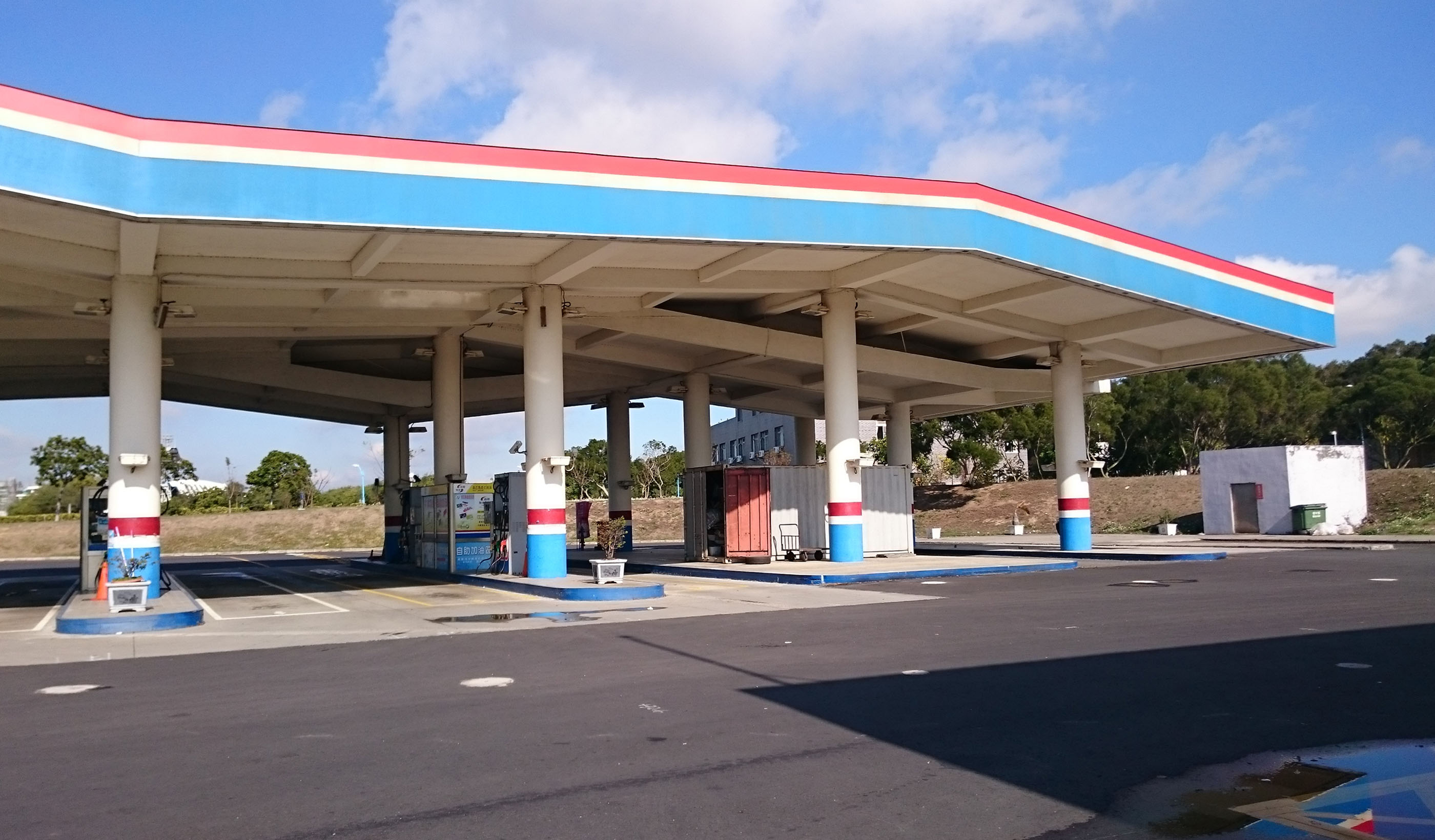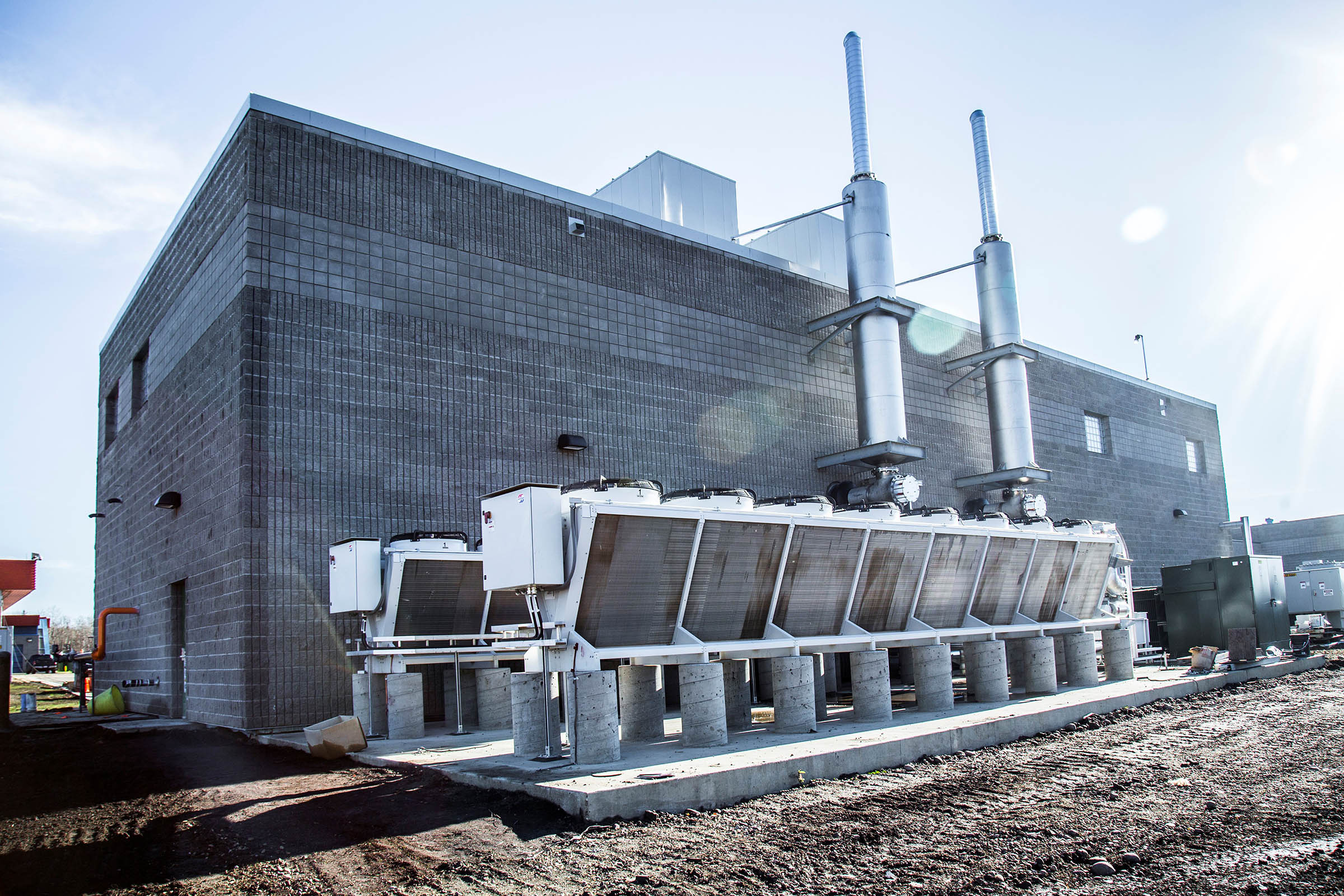At a Glance
-
20K
Acres
- Location
- Carteret and Onslow County, North Carolina
- Offices
-
- Location
- Carteret and Onslow County, North Carolina
- Offices
Share
Coastal Watershed Management Services
North Carolina needed to develop a watershed-scale hydrologic model for two pilot watersheds as part of a larger assessment plan. Our goal? To create defensible and repeatable methodology to assess the functional health of coastal watersheds in the state. Our methodology is intended to be the basis for subsequent guidance that the N.C. Ecosystem Enhancement Program (NCEEP) can use to create consistency in coastal watershed planning efforts.
The major stressor in both watersheds has been from altered natural hydrology due to ditching, agricultural practices, and increased impervious surfaces. Based on our team’s knowledge and experience with soils, wetlands, geomorphology, and hydrology in the North Carolina Coastal Plan, we developed a natural conditions scenario for both study areas to allow for the simulation of hypothetical runoff volumes associated with conditions prior to human intervention.
In the end, we developed hydrologic modeling system (HEC-HMS) models for natural, current, and predicted conditions in the two study areas, estimating stream flow volume, velocity, and time to peak in the major tributaries of the watersheds. We also produced a technical memorandum describing modeling assumptions and input parameters to a repeatable level of detail. The result? North Carolina can now efficiently develop consistent guidelines for their coastal watersheds.
At a Glance
-
20K
Acres
- Location
- Carteret and Onslow County, North Carolina
- Offices
-
- Location
- Carteret and Onslow County, North Carolina
- Offices
Share
Amber Coleman, Associate, Water
Everything we do as scientists is based on methodological evaluation and the ability to convey those findings to others.
We’re better together
-
Become a client
Partner with us today to change how tomorrow looks. You’re exactly what’s needed to help us make it happen in your community.
-
Design your career
Work with passionate people who are experts in their field. Our teams love what they do and are driven by how their work makes an impact on the communities they serve.























